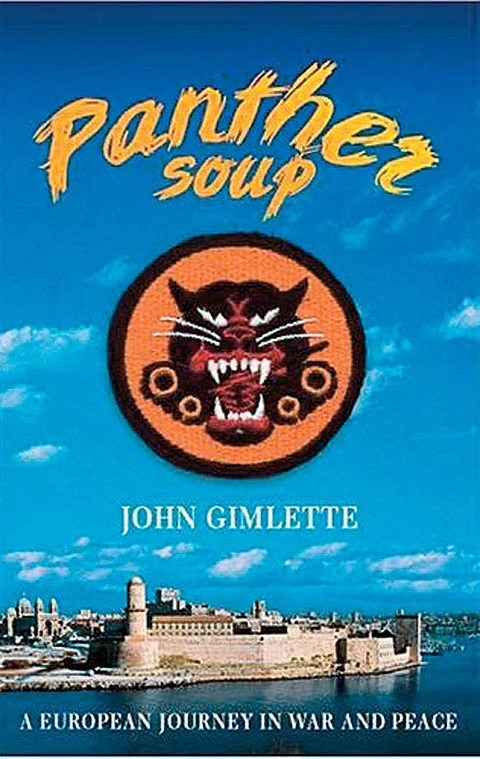
- Destinations
- Experiences
- Stay
- What's new
- Celebrating People
- Responsible Tourism
- CampaignsCampaigns
- Subscribe
- Buy Now

In August 1944, Operation Dragoon, a.k.a. the invasion of southern France, launched. The US Seventh Army and Free French colonial troops landed in several spots on the French Mediterranean coast. Seventh Army went north, east and finally southeast on a journey that looks like an inverted &lsquoJ&rsquo. Over 10 months, it liberated Vichy France, captured the long-disputed provinces of Alsace-Lorraine, held the southern flank at the Battle of the Bulge and then swung east into Germany. After cutting through Swabia, the Yanks went southeast into the Bavarian Alps and, finally, into the Austrian Tirol. The campaign was characterised by heavy fighting in wooded, mountainous terrain. The Seventh Army included the 824th Tank Destroyer Regiment, which had a black panther as its insignia. &lsquoTank destroyer&rsquo was a misnomer &mdash the &lsquoPanthers&rsquo rode under-gunned, under-armoured half-tracks that stood no chance against Panzers. Effectively, they were a mechanised infantry.
Sixty years later, John Gimlette persuaded Lieutenant Putnam Flint of &lsquoB&rsquo Company 824th, to retrace Seventh Army&rsquos route. Accompanied by his grandson and the author, the 85-year-old Flint returned to the Continent. This book is a story of those two trips. The leitmotif is the contrast between the present and the devastation and misery of the last days of Hitler. The 21st-century trip took place in a peaceful settled landscape, which made the wartime reminiscences of Flint seem incongruous.
Circa 2005, Seventh Army&rsquos march moves through the most prosperous parts of the world. The journey started in the fleshpots of the French Riviera and ended at the ski-resort of Innsbruck, taking in the industrial hub of Stuttgart and trade centres like Strasbourg and Marseille en route.
When Flint returned with Gimlette, they unearthed many elderly people who had lived through WWII and survived to the present day. Their accounts and their attitudes to the war and its aftermath are spliced into the story. The author met and interviewed other WWII veterans who served in that theatre. His contacts included Nancy Wake, the New Zealander married to a Marseillaise Corsican who became the legendary &lsquoWhite Mouse&rsquo of the Resistance. He also talked to Air Marshal Sir Lewis Hodges who was rescued by Wake after a crash and to other decorated veterans like Charles Kennedy. Marrying their accounts to Flint&rsquos gave him the material for several &lsquoside-excursions&rsquo.
Gimlette also had an extended conversation with Manfred Rommel, the retired mayor of Stuttgart and son of the most famous general of WWII. That started with an account of the enforced suicide of the Field Marshal who forbade his 15-year-old son (then already commanding an anti-aircraft unit) to shoot his way out of the house when the Gestapo came calling. The conversation ranged all the way to the late 1970s when the younger Rommel was point-man at the suicides of the Baader-Meinhof gang in Stuttgart prison.
The journey accompanied by those reminiscences offers a rich lode of subaltern narratives woven into a big picture that none of the participants at ground-level could grasp. As Flint pointed out, he first heard about the &lsquoBattle of the Bulge&rsquo when he returned to America a year after his participation on its southern fringes.
The book revolves around an interesting premise. Although the author is never more than workmanlike in his approach, he leaves us with some understanding of both the futility of war and the miraculous revival of the western half of a devastated continent.
